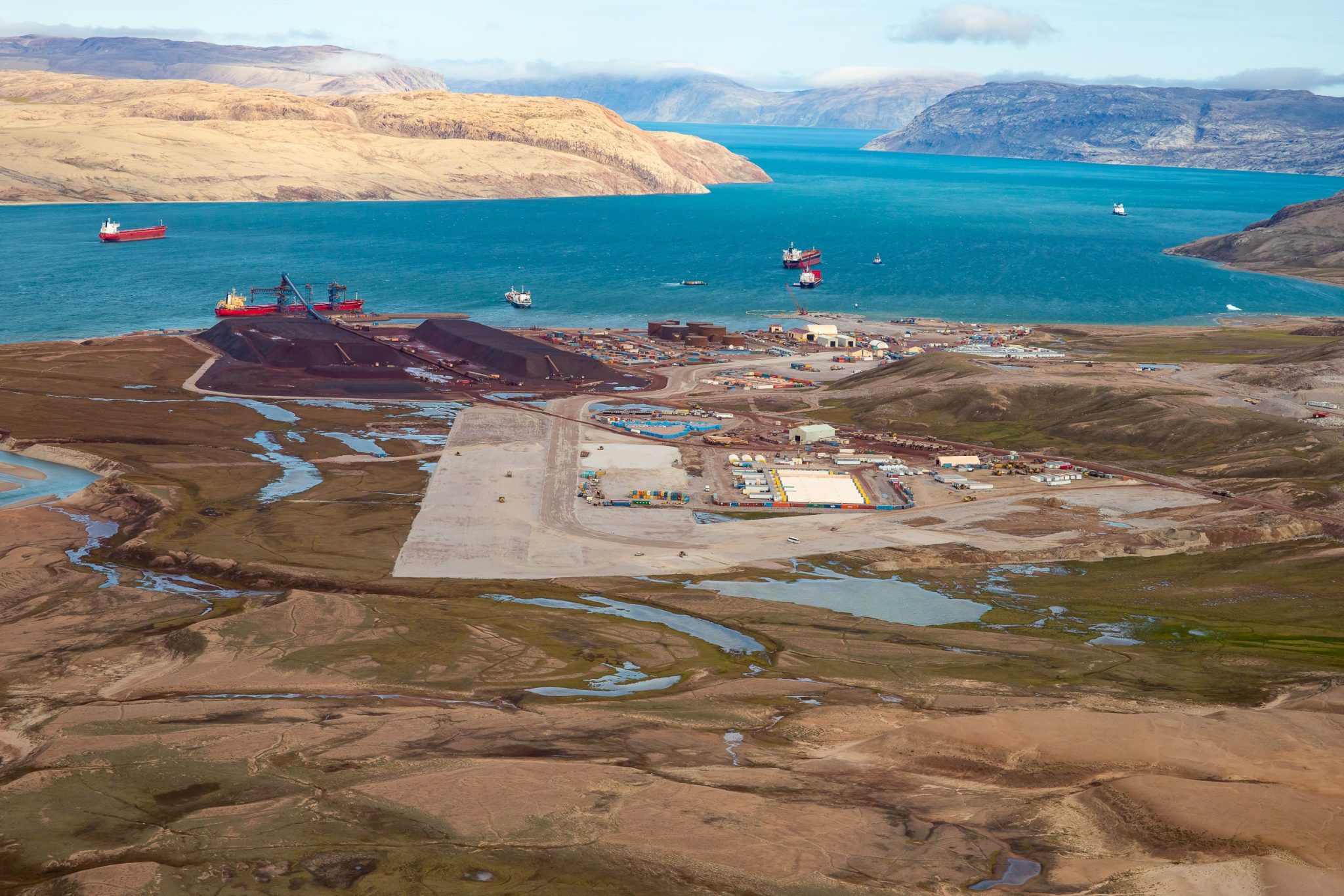Nunavut’s economy is likely to grow this year, despite the pandemic, a new report says
“Although Canada is in the midst of its most severe contraction on record, the territories are expected to weather the downturn relatively well.”

The Conference Board of Canada expects Nunavut’s economy to continue to grow this year, despite the effects of the COVID-19 pandemic.
That’s in contrast to Canada’s provinces, which have experienced deep economic declines due to the pandemic.
“Although Canada is in the midst of its most severe contraction on record, the territories are expected to weather the downturn relatively well,” said Richard Forbes, senior economist, economic forecasting, at the conference board, in a news release.
“A critical component of the outlook will be how well the territorial governments are able to manage the re-opening of their respective economies and the ability of mining companies to maintain or restart operations.”
The report, titled Shielded From the Worst: Territorial Snapshot, provides an economic forecast for all three territories. For Nunavut, it forecasts that Nunavut’s economy will expand 6.1 percent this year and 13.2 percent in 2021, marking the territory’s fifth and sixth consecutive years of economic growth above 5 percent.
“While the outlook remains positive, the COVID-19 pandemic will hurt the territory’s economic growth this year, particularly in its mining sector, which accounts for about one-third of Nunavut’s real GDP,” the report states.
“Fortunately, the territory’s mining sector was already in terrific shape, and the pandemic impacts on the industry will be temporary.”
Employment in the territory is expected to fall 9.1 percent this year but rebound 4.1 percent in 2021.
“A key reason for the steep reduction in employment is the expectation that, compared with businesses in other regions of Canada, many firms in the territory will be slow to reopen,” the report states.
“Because many communities in the region do not have the full and easy access to the health care needed to deal with an outbreak, Nunavut will have to be particularly cautious about reopening its economy.”
Unfortunately, the conference board expects Nunavut to continue to see higher unemployment than elsewhere in the country. In 2019, the territory had an unemployment rate of 13.4 percent, which is almost 2.5 times the national average.
“The high unemployment rate exists because many of the young people in Nunavut today do not have the skills needed to work in the territory’s mining industry and they end up unemployed,” the report states.
This year, Nunavut’s unemployment rate is expected to rise to 18.9 percent as the territory loses over 1,200 jobs. That’s partly a consequence of the pandemic, and partly due to construction jobs at Agnico Eagle’s Meliadine and Amaruq mining sites wrapping up last year, resulting in fewer jobs in the construction sector.
In 2021, the conference board expects Nunavut’s labour market to partly recover, by adding about 500 jobs. That’s less than half the number of jobs expected to be lost this year. This would bring the unemployment rate to 15 percent — an improvement on this year, but higher than the average rate for the five years leading up to 2019.
“A major reason why this will be a partial (rather than a full) recovery is that many of the workers who lost jobs in the construction sector will not able to transition into mining-related jobs,” the report states. “That is because, compared with the construction sector, a greater share of mining jobs in Nunavut go to workers from other regions of the country.”
And while employment is expected to grow 1.3 percent annually between 2022 and 2024, the unemployment rate is expected to still rise during this period. “This is due, in part, to Nunavut’s high fertility rate, which results in quicker labour force growth than in other parts of Canada.”
The conference board says that the outlook for Nunavut’s mining industry “remains positive,” with the sector expected to grow 18.6 percent this year. That’s down from the 32.5 percent increase projected by the conference board in February.
“The reduced outlook for this year is due largely to scaled-back production at the territory’s gold mines. Some workers from Agnico Eagle’s Meadowbank and Meliadine operations and TMAC’s Hope Bay site were sent home as a precautionary response to the pandemic. Combined, the territory will produce about 600,000 ounces of gold this year, well below the 890,000 ounces forecast in February,” the report states.
The conference board describes Baffinland Iron’s Mary River mine as “a bright spot” in the territory’s mining outlook. While the company’s expansion plans remain up in the air, in March, Baffinland received an extension to continue shipping up to 6 million tonnes of iron ore annually, up from its original limit of 4.2 million tonnes.
“While Baffinland Iron has sent Nunavut-based workers home temporarily due to the pandemic, that will not affect its iron ore production,” the report states.
“Next year, we expect mining operations in the territory to be fully recovered from the COVID-19 crisis. As such, many of the gains for 2020 that were forecast in February will be realized next year, and output in the sector will rise 34.4 percent.”
And further ahead, the conference board expects that Sabina Gold & Silver Corp.’s Back River property in the Kitikmeot will go into production a year later than originally expected, due to drilling being delayed by the COVID-19 crisis, in late 2023.